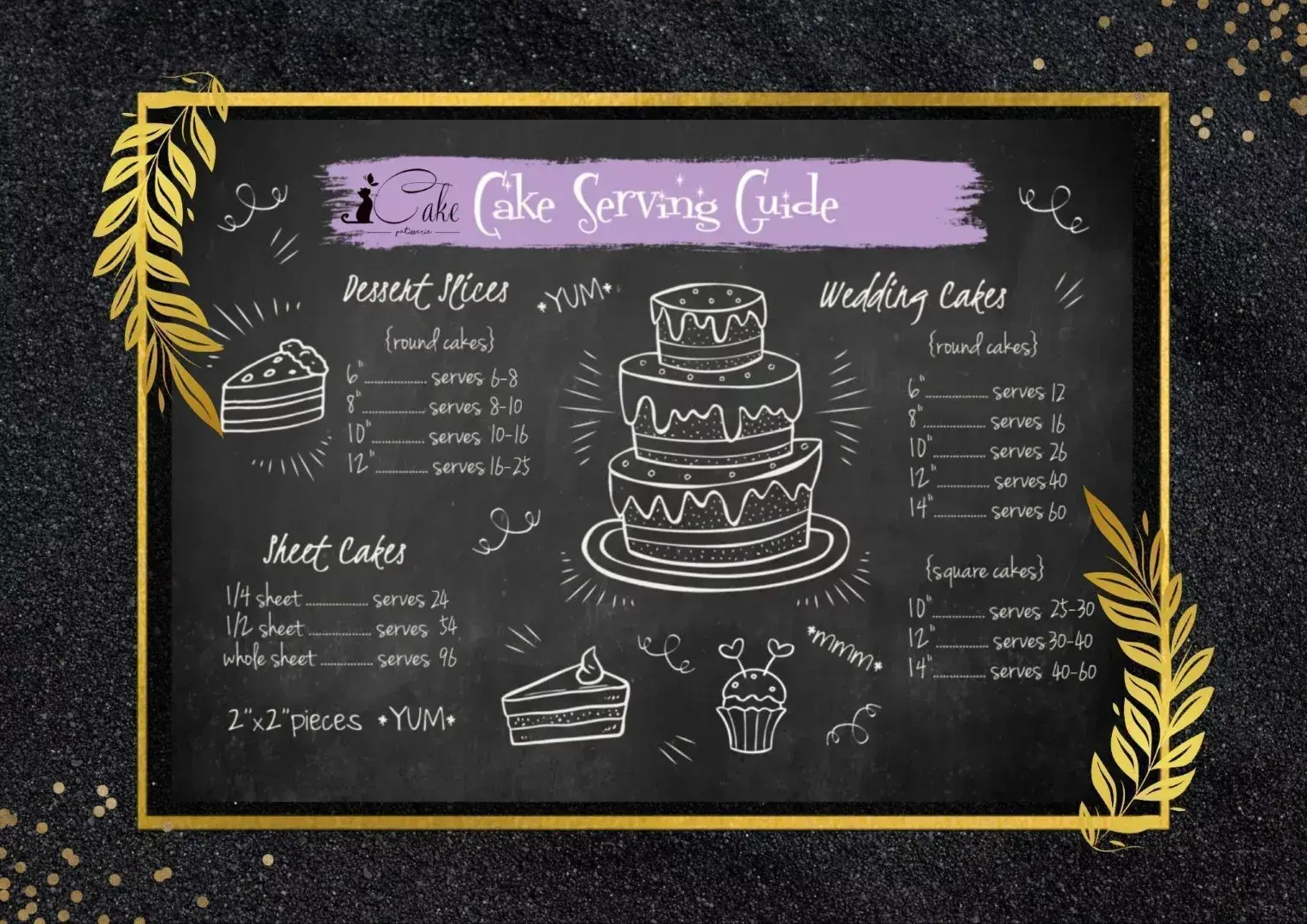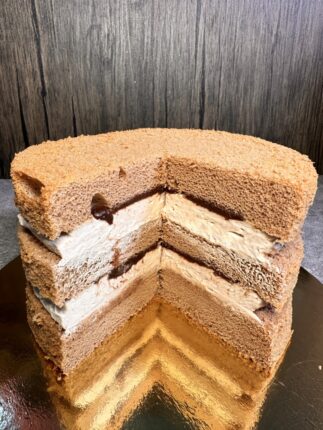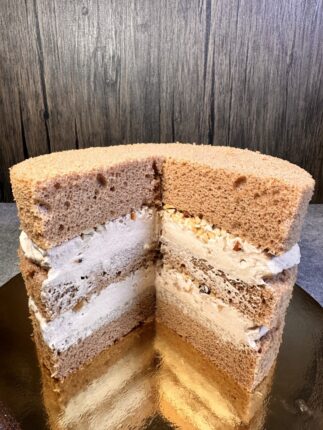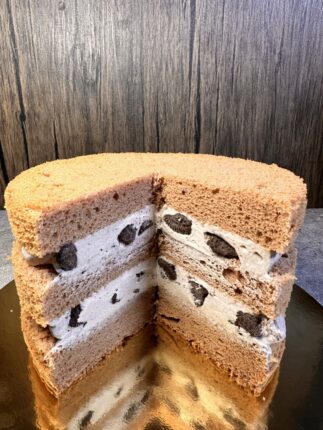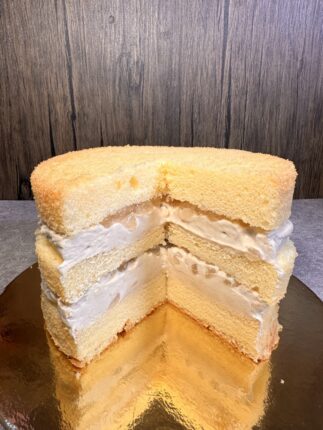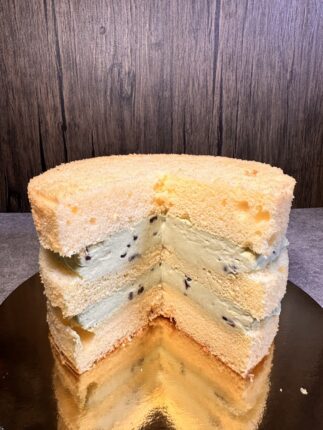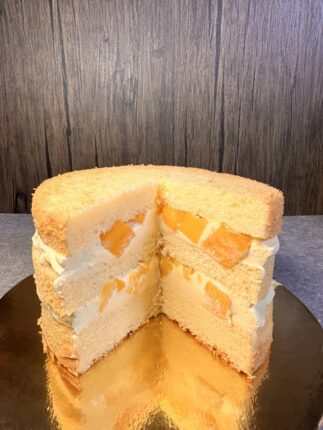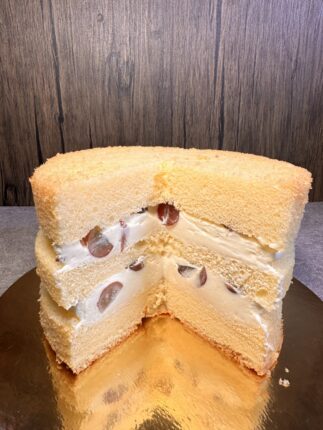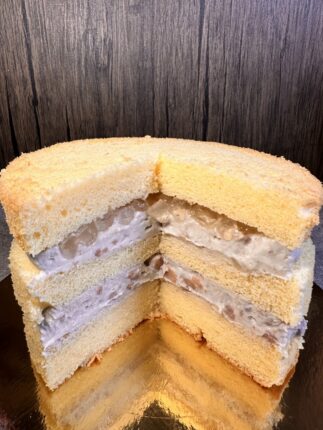Cake is a beloved delicacy for people during celebrations, gatherings, and even simple desserts after meals. However, not all cakes are the same. The quality of a cake can significantly affect its taste, texture, and overall enjoyment. Whether you purchase a cake from a bakery or bake it at home, understanding how to evaluate the quality of a cake is essential. Here are some key factors to consider when determining the quality of a cake.

1. Appearance
The first impression of a cake often comes from its appearance. High quality cakes should have an attractive and well crafted appearance. The frosting should be smooth and even, without any visible cracks or uneven spots. If there is decoration, it should be applied neatly and enhance the overall beauty of the cake. In addition, the color of the cake should be uniform, indicating that it has been baked evenly. A cake that appears burnt or unevenly colored may indicate poor baking techniques or poor quality of ingredients. The best cake shop in Melbourne
2. Texture
Texture is a key aspect of cake quality. A good cake should have a light texture, which is usually achieved through proper mixing and baking techniques. When you slice the cake, it should be moist but not too soft, and it should maintain its shape without excessive fragmentation. The cake crumbs should be delicate and even, indicating that the ingredients are well mixed. If the cake feels dense or heavy, it may be due to excessive mixing or improper baking, resulting in an unpleasant taste.
3. Aroma
The aroma of a cake can reflect its quality. A freshly baked cake should have a pleasant aroma, often reminiscent of the ingredients used, such as vanilla, chocolate, or fruit. If the cake has a chemical or artificial odor, it may indicate the use of inferior seasonings or preservatives. High quality cakes will emit a natural and rich aroma, tempting to take a bite.
4. Flavor
Ultimately, taste is the most critical factor determining the quality of a cake. A good cake should have a balanced and harmonious taste. Sweetness should not be too strong, and flavors should complement each other. For example, chocolate cake should have a strong chocolate flavor, while vanilla cake should have cream and butter flavors. If the cake has a bland or overly sweet taste, it may indicate the use of inferior ingredients or poor baking techniques. In addition, high-quality cakes typically use real ingredients such as authentic vanilla extract or fresh fruits, rather than artificial seasonings.
5. Ingredients
The quality of the ingredients used in the cake will significantly affect its overall quality. When purchasing a cake, be sure to inquire about the ingredients. High quality cakes are usually made from fresh natural ingredients such as real butter, eggs, and flour. Avoid purchasing cakes containing artificial additives, preservatives, or low-quality alternatives. If you bake at home, choose high-quality ingredients to ensure optimal results.
6. Freshness
Freshness is another key factor in the quality of cakes. Compared to cakes that have been sitting for several days, freshly baked cakes have better texture and flavor. When purchasing a cake, please inquire about its baking date or check if the cake is fresh, such as whether the appearance is moist and the aroma is pleasant. If the cake looks dry or stale, it is likely to have passed its optimal consumption period and may not provide the best eating experience.
conclusion
In short, identifying the quality of a cake requires evaluating its appearance, texture, aroma, taste, ingredients, and freshness. By paying attention to these factors, you can make wise decisions when purchasing or baking cakes. Whether you’re celebrating a special occasion or just enjoying a dessert, choosing high-quality cakes will enhance your enjoyment and satisfaction. Remember, delicious cake is not just about taste; It is a pleasurable sensory experience.



